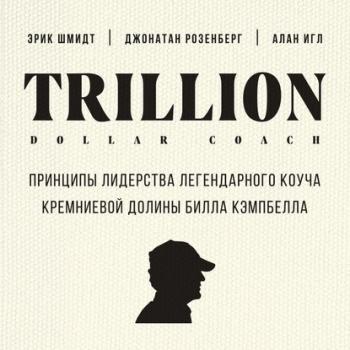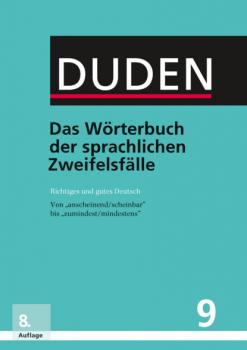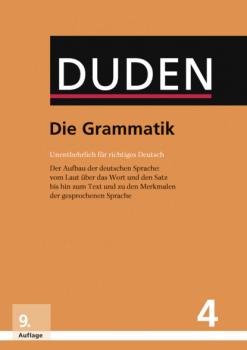MREADZ.COM - много разных книг на любой вкус
Скачивание или чтение онлайн электронных книг.Trillion Dollar Coach. Принципы лидерства легендарного коуча Кремниевой долины Билла Кэмпбелла
Его называли «тщательно охраняемым секретом Кремниевой долины». Билл Кэмпбелл, знаменитый коуч, чьи советы помогли Google, Apple, Amazon и Twitter заработать более триллиона долларов. Он обучал Эрика Шмидта, Стива Джобса, Сергея Брина, Ларри Пейджа, Сундара Пичаи, вице-президента США Эла Гора и десятки других известных людей. Всю жизнь Билл Кэмпбелл придерживался суммы принципов, которые неизменно приводили опекаемые им команды к процветанию. Эти принципы были собраны и тщательно систематизированы благодарными протеже выдающегося коуча. Изложенные на страницах этой книги, они отвечают на вопросы, как создавать и удерживать команды незаурядных сотрудников, находить верные решения в неоднозначных ситуациях, разрабатывать гипер-востребованные продукты, действовать, когда твоя компания терпит крах, быть настоящим лидером, несмотря ни на что.
Trillion Dollar Coach. Принципы лидерства легендарного коуча Кремниевой долины Билла Кэмпбелла
Его называли тщательно охраняемым секретом Кремниевой долины. Билл Кэмпбелл, знаменитый коуч, чьи советы помогли Google, Apple, Amazon и Twitter заработать более триллиона долларов. Он обучал Эрика Шмидта, Стива Джобса, Сергея Брина, Ларри Пейджа, Сундара Пичаи, вице-президента США Эла Гора и десятки других известных людей. Всю жизнь Билл Кэмпбелл придерживался суммы принципов, которые неизменно приводили опекаемые им команды к процветанию. Эти принципы были собраны и тщательно систематизированы благодарными протеже выдающегося коуча. Изложенные на страницах этой книги, они отвечают на вопросы, как создавать и удерживать команды незаурядных сотрудников, находить верные решения в неоднозначных ситуациях, разрабатывать гипервостребованные продукты, действовать, когда твоя компания терпит крах, быть настоящим лидером, несмотря ни на что. В формате PDF A4 сохранен издательский макет книги.









